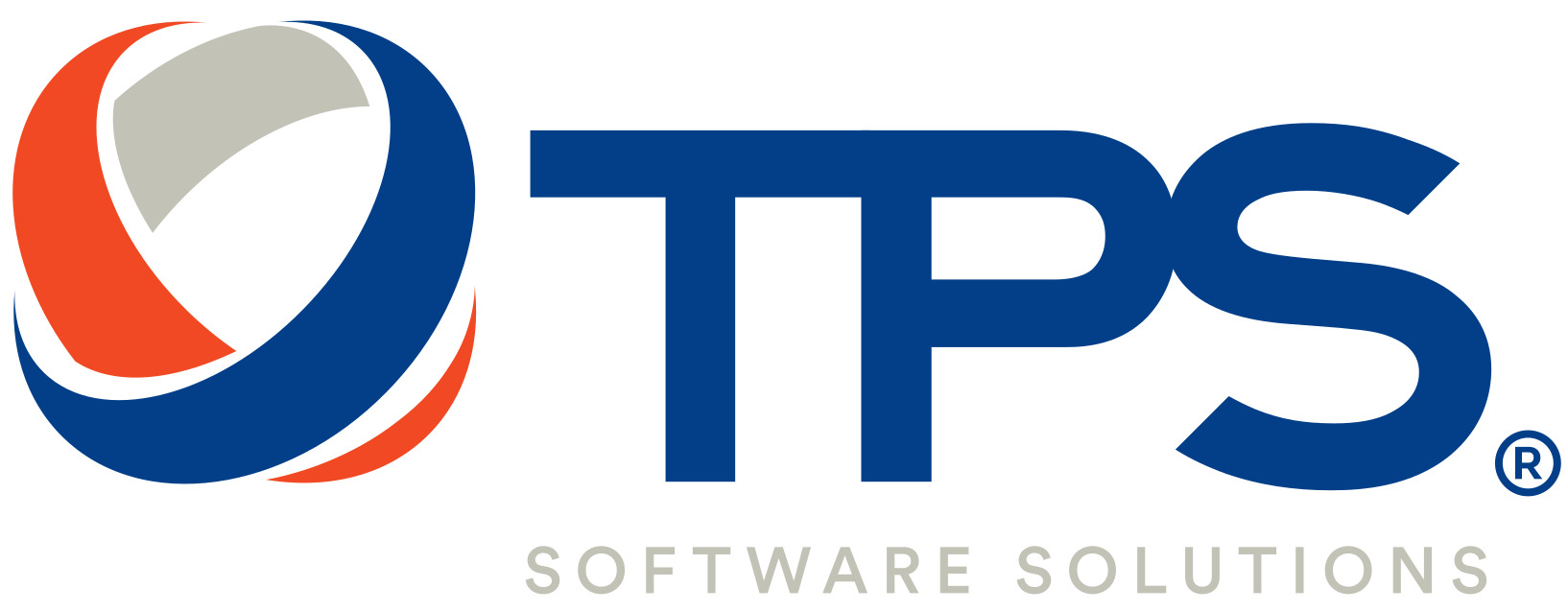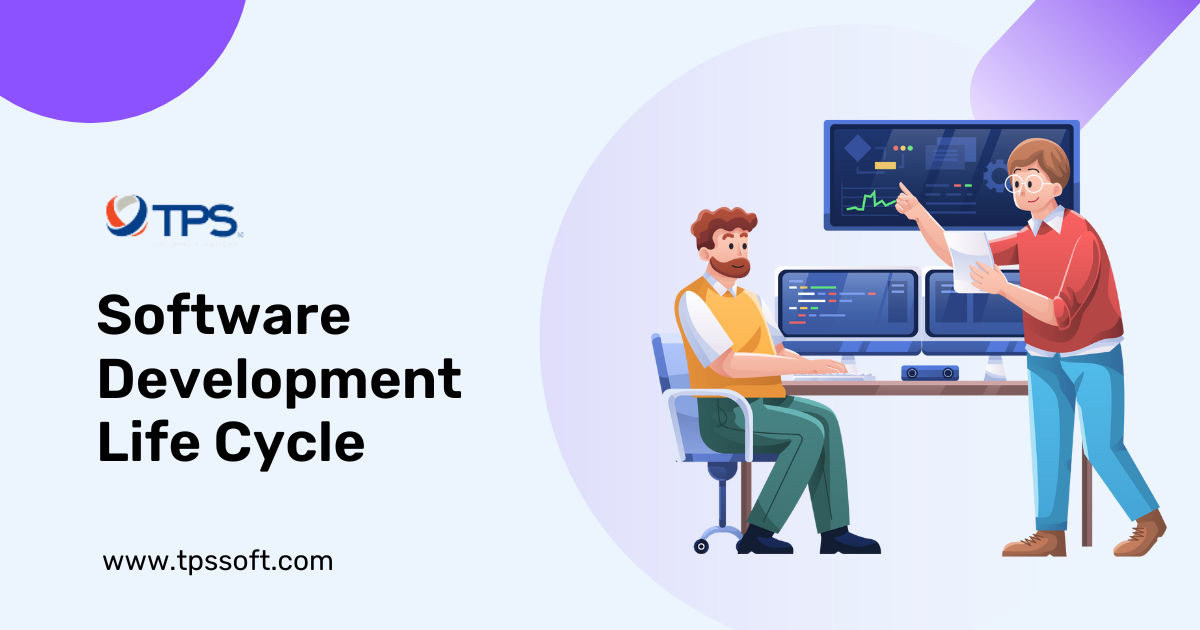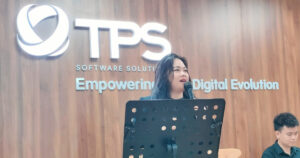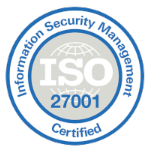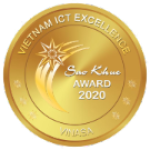What is the software development life cycle ?
The Software Development Life Cycle (SDLC) is a process for creating software in the shortest amount of time while maintaining the best quality and lowest cost. Custom SDLCs are defined by businesses in order to build a predictable, iterative framework that leads the team through all main phases of development.
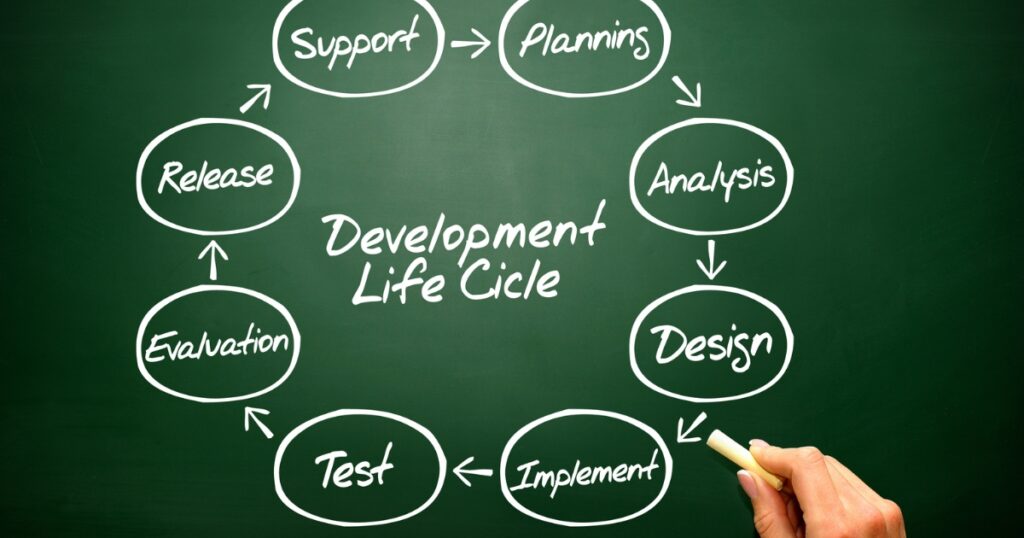
How many phases in a Software Development Life Cycle ?
The software development life cycle establishes the project’s business standards. SDLC has a significant impact on IT activities by generating a well-managed structure of a development venture while dealing with all of the fundamental specialized strategies essential to reach a definite fulfillment. It consists of steps in which everyone is dependent on the previous one; these stages include planning, analysis, design, development, testing, and maintenance. The nature and number of steps in an SDLC differ across companies and projects. The most popular models are variants on the steps below:
1. Requirement analysis and Planning
The first stage is to determine the requirements of the project. A meeting is set up with the client by the business analyst and project managers to acquire all of the facts, such as what the customer wants to construct, who will be the end user, and what the product’s purpose is. A fundamental grasp or knowledge of the product is required before developing it.
Next, it is tough to modify anything to your work goals and appraise all of its scopes, strengths, and challenges without a strong strategy in place. The planning is to ensure that the development runs smoothly and that the required progress is made within the time frame specified. This planning is carried out by senior members of the team with input from all stakeholders and technical experts in the industry. At this point, the quality assurance needs are planned for, and the risks connected with the projects are identified. This stage’s data is compiled into a Software Requirement Specification (SRS) document. An SRS file contains all of the software, hardware, security, and network specs for the prospective product, but it also includes information about:
- Allocate resources.
- Planning for capacity.
- Project planning.
- Estimation of costs.
- Provisioning.
2. Product design
Following the analysis comes the design step. The main goal of this phase is to create a strong, practical design for the software method. This aids with the removal of any flaws or errors that may impede the action. SRS serves as a resource for product architects in developing the optimum architecture for the product under development. Typically, many design approaches for the product architecture are presented and documented in a DDS – Design Document Specification based on the requirements given in SRS.
This DDS is evaluated by all essential stakeholders, and the optimal design strategy for the product is chosen based on many characteristics such as risk assessment, product robustness, design modularity, budget, and time restrictions.
A design approach explicitly outlines all of the product’s architectural modules, as well as its communication and data flow representation with external and third-party modules (if any). The internal design of all modules of the proposed architecture should be explicitly documented in DDS down to the smallest detail. Some of the details may include:
- UI: How consumers will interact with the program and how the software will react to certain inputs.
- Programming language: The programming language to be utilized, as well as how the software will solve issues and accomplish tasks.
- Security: The specific steps that will be done to guarantee the application’s security. SSL encryption, password protection, and safe data storage are all included. Define how the application will connect with other assets, such as a central server.
- Architecture: This term refers to industry norms, templates, general design, and particular programming languages.
- Platforms: Describes the software’s host platform, such as Apple, Windows, Android, or Linux.
3. Developing
When the design is complete, the development process begins, along with professional recording and information. This is a difficult stage in which concentration and clarity are critical.
The real software development of the product begins at this level of the SDLC. During this step, the programming code is produced in accordance with DDS. Code generation may be conducted without much difficulty if the design is thorough and structured.
Developers must adhere to their organization’s coding rules, and programming tools such as compilers, interpreters, debuggers, and so on are used to create code.

4. Testing
The testing step is inevitable since it checks and investigates the program for errors and faults that may cause issues.
As in contemporary SDLC models, testing activities are mainly included in all SDLC stages, this stage is usually a subset of all phases. However, this stage solely relates to the product testing stage, during which product faults are reported, monitored, repaired, and retested until the product meets the quality criteria stated in the SRS. Companies may use a number of testing techniques to assess a new product, including:
- Code quality testing.
- Unit testing (functional tests).
- Integration testing.
- Performance testing.
- Security testing.
- Acceptance testing.
- Nonfunctional testing
For coding, many high-level programming languages such as Java, PHP are utilized. The programming language is selected based on the sort of software being created.
5. Deployment
The product has completed the testing phase and is ready for manufacturing. Some projects need the creation of user manuals or training films by the team before the product is made accessible to end users.
The deployment process should ideally happen automatically (usually as part of CI/CD). Manual approvals may be required at this SDLC level for companies with lesser maturity or in certain highly regulated sectors.
Most businesses roll out new software to a small number of users (10 to 15%) before gradually rolling it out to the remainder of the customer base. Gradual introduction reduces the effect on the UX if a flaw in the product is ignored.
6. Maintenance
The last step finds and fixes flaws that slipped through the gaps during testing—this might start its own iterative loop.
In certain aspects, the DevOps movement has altered the SDLC. Developers are increasingly in charge of more and more aspects of the development process. We may also observe the benefit of moving left. Application performance monitoring (APM) tools may be utilized in a development, QA, and production environment by development and operations teams. This ensures that everyone uses the same toolset throughout the development lifecycle.
Which Part of the Software Development Life Cycle Can You Outsource ?
As a software development manager, you should be aware that launching and implementing a project may be time-consuming and expensive. So, how can you effectively install a high-end software program on time and at a minimal cost? While doing it in-house may be your first choice, you may also want to consider outsourcing. The latter may assist save money, speed up the job, and even enhance efficiency.
Here are some of the benefits of outsourcing:
- You may cut company and project expenditures.
- Outsourcing ancillary duties frees up time and resources for the in-house staff to focus on core company operations.
- You may use the global outsourcing market to find the most qualified experts for certain jobs.
- You can quickly extend your operations and take on new projects since team members can concentrate on the main business.
- If you hire a competent team, you won’t have to micromanage the work you outsource.
- Offshoring employment can help your firm stay solvent, allowing it to remain competitive.
You can decide the best project phase to outsource by understanding the crucial phases of the software development life cycle
Technically, every element of the software development life cycle may be outsourced. However, it is advisable to consider the associated costs. You don’t want to put cost cutting ahead of customer happiness and system quality.
As a result, it is essential to take on the project parts that your team should be in charge of while leaving the rest to a competent outsourcing partner.
If your company / enterprise is seeking a trusted software development outsourcing partner, contact TPS Software for a free consultation with experts in the field.
